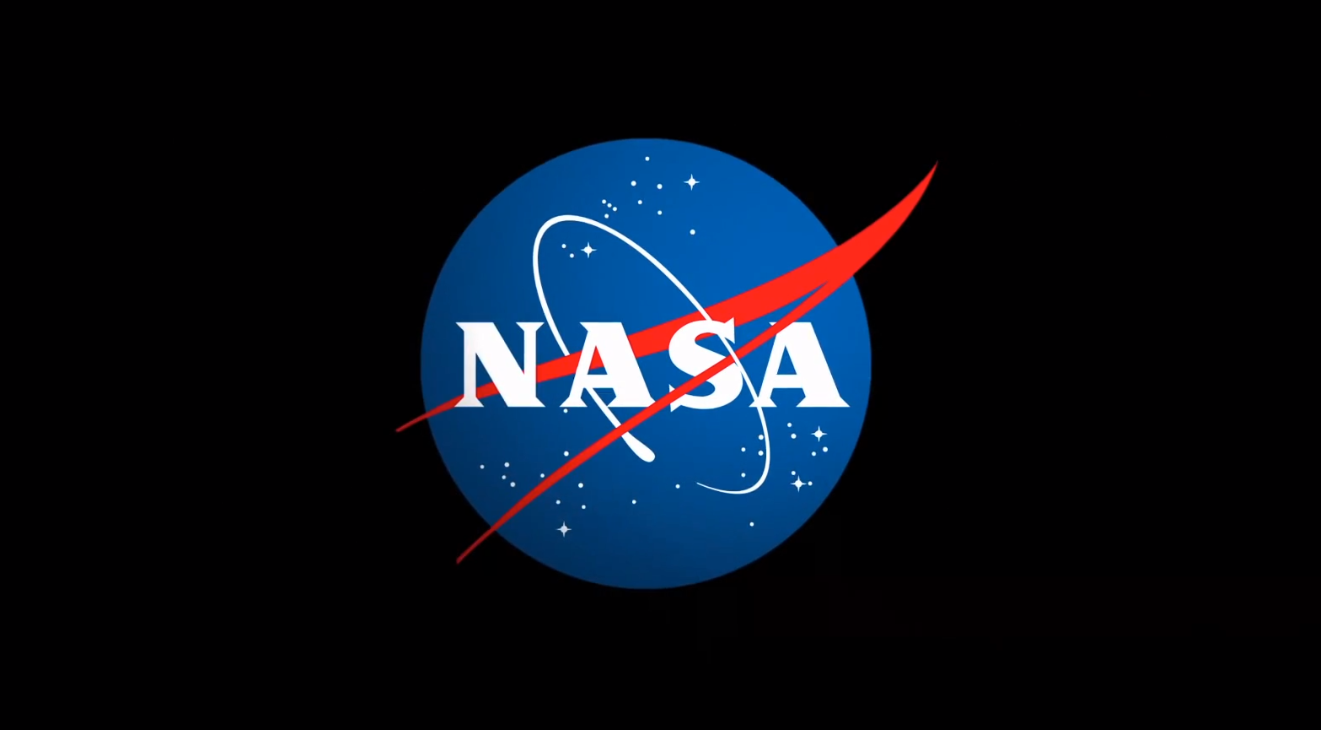Yesterday we launched a competition inviting members of the public to propose a name for Philae's landing site. While many of you might be busy thinking of a good name to replace “Site J”, we thought to provide you with some inspiration by revisiting the story of Rosetta's name. If you are a regular follower of this blog you are no doubt familiar with the reasons why ESA's comet-chasing mission was named after the Rosetta Stone – a dark stele unearthed in 1799 near the town of Rashid (in English, Rosetta) on the Nile Delta, in Egypt. Carrying the text of the same decree in three different scripts, the Rosetta Stone helped nineteenth century scholars decipher the sacred written system of hieroglyphs, offering a new key into the study of the ancient Egyptian civilisation. But maybe not all of you know the story of when and how the name Rosetta was chosen for the mission. Continue reading and all will be revealed in this interview with Professor Eberhard Grün, an Interdisciplinary Scientist for the Rosetta mission from the Max Planck Institute for Nuclear Physics in Heidelberg, Germany. A renowned expert on comets and interstellar dust who has been involved with the mission since its early days, Professor Grün has been often called the 'Father of Rosetta', since it was he who suggested this evocative name back in 1987. Was the mission called Rosetta from the very start or did it have a different name at first? “At the beginning it was simply called 'Comet Nucleus Sample Return'. As the name implies, the mission concept was quite different back then.” When was the mission first proposed? “In 1985, ESA was putting together its long-term science programme, 'Horizon 2000'. There was still one year to go before Giotto would fly by comet […]
from Rosetta - ESA's comet chaserRosetta - ESA's comet chaser http://ift.tt/1FcofPW
via IFTTT
from Rosetta - ESA's comet chaserRosetta - ESA's comet chaser http://ift.tt/1FcofPW
via IFTTT


No comments:
Post a Comment